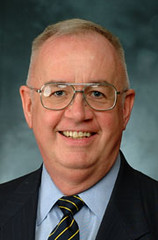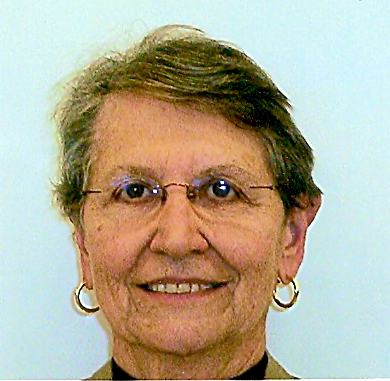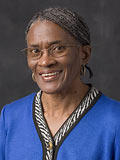
In Eudora Welty: Some Notes on River Country edited by Hunter Cole, a quote from Welty as told to Dr. Peggy Prenshaw in Conversations with Eudora Welty included in Cole’s afterword, inspired my thoughts. Welty said, “Why, just to write about what might happen along some little road like the Natchez Trace—which reaches so far into the past and has been the trail for so many kinds of people—is enough to keep you busy for life.”
Just as William Faulkner set his novels in fictional Yoknapatawpha County and Tennessee Williams used the Clarksdale area as setting in most of his plays, Welty kept busy with stories set in the River Country between Vicksburg and Natchez. These stories include her book The Robber Bridegroom and short stories: A Worn Path, Asphodel, First Love, A Still Moment, Livvie, and At the Landing.
Cole continues, “It is known that she had read Audubon’s diaries, J.F.H Claiborne’s Mississippi narratives, and Robert M. Coates’s The Outlaw Years: The Land Pirates of the Natchez Trace and wished to verify the history these told."
I, too, wish to verify a sentence mentioned in Welty’s Some Notes on River Country. Welty wrote, “Deep under them both is solid blue clay, embalming the fossil horse and fossil ox and the great mastodon, the same preserving blue clay that was dug up to wrap the head of the Big Harp in bandit days, no less a monstrous thing when carried in for reward.”
What! How disgusting! Is this really true and why haven’t I heard of said Harp, Big or Little?
The Robber Bridegroom and Eudora Welty: Some Notes on River Country are perfect companions to a class on Mississippi history. Yes, I know RB is fictional, but sometimes it takes a story to get students interested. I surely want to know more about the Harps, Mike Fink, Lorenzo Dow, John Murrell, Aaron Burr, Harmon Blennerhassett, and John James Audubon’s search for the ivory-billed woodpecker in Mississippi. ~Maggie
















